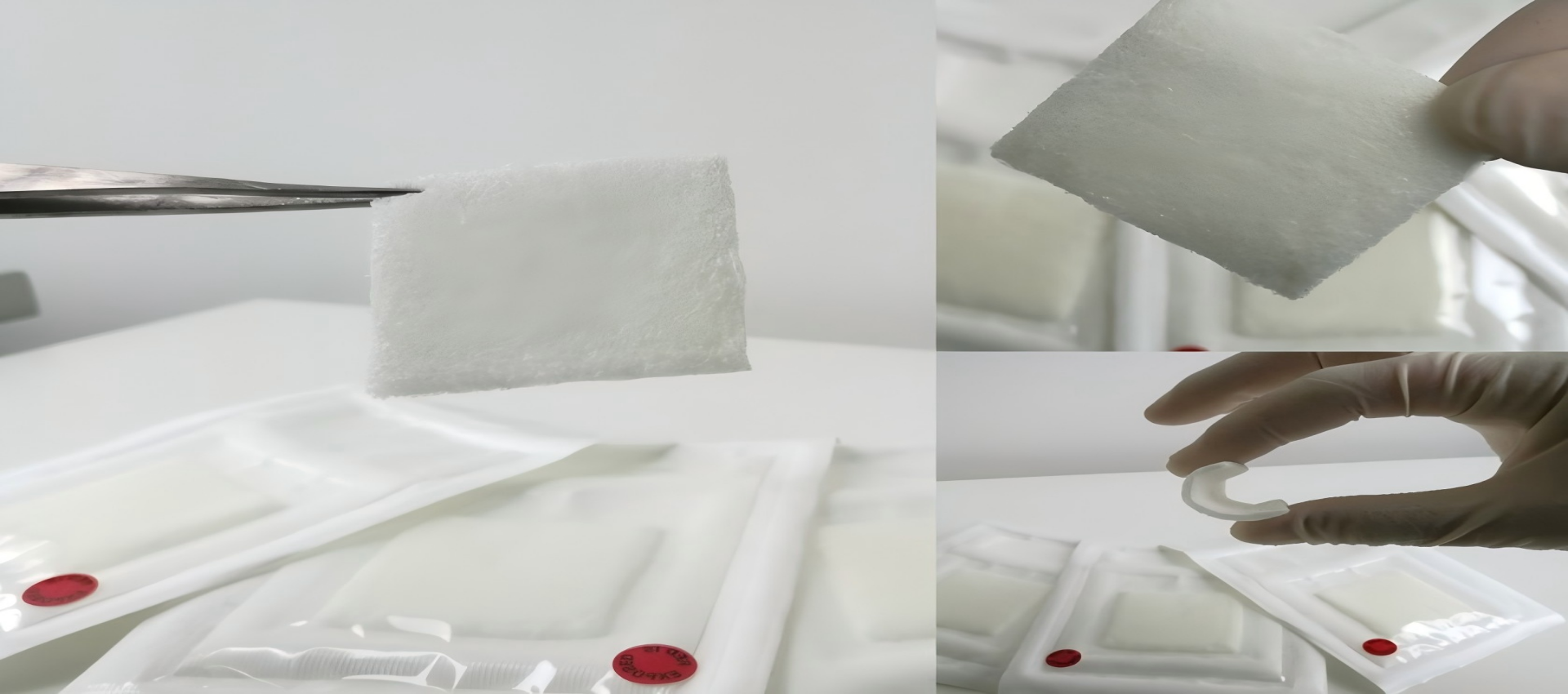
Methyl Hydrogen Silicone Fluid Factory

Methyl Hydrogen Silicone Fluid
Everything you need to know about our products and company
In advanced manufacturing, material innovation often drives breakthroughs in product performance and process efficiency. Among the unsung heroes of modern industry, methyl hydrogen silicone fluid (also referred to as methylhydrogen polysiloxane fluid) has emerged as a versatile solution, particularly in two high-tech sectors: 3D printing and electronics manufacturing. Its unique chemical properties—including thermal stability, low volatility, and excellent compatibility with polymers—make it indispensable for addressing critical challenges in these fields. Let’s explore how this material is reshaping production workflows and why leading manufacturers are turning to specialized suppliers like Biyuan for reliable supply.
3D printing, or additive manufacturing, relies on materials that can maintain structural integrity across layers while meeting strict dimensional tolerances. Traditional resins or silicones often fall short in extreme conditions or complex geometries, but methyl hydrogen silicone fluid is changing the game.
For instance, in stereolithography (SLA) or digital light processing (DLP) 3D printing, where UV-curable resins dominate, adding methyl hydrogen silicone fluid as a modifier enhances layer adhesion. Its cross-linking properties reduce brittleness, a common issue in resin-based prints, resulting in stronger, more flexible final parts. This is especially valuable for applications like functional prototypes or end-use components in automotive and aerospace, where stress resistance matters.
In silicone 3D printing—a niche but growing field—methyl hydrogen silicone fluid serves as a base material. Its low viscosity allows for smooth extrusion or curing, even in intricate designs, while its high flash point (often exceeding 200°C) ensures safety during high-temperature post-processing. Manufacturers using this fluid report fewer defects, such as warping or layer separation, compared to conventional silicone formulations.
Biyuan, a trusted name in specialty chemicals, produces methyl hydrogen silicone fluid with tight molecular weight control, ensuring consistent flow behavior and curing characteristics. This precision is critical for 3D printing, where even minor variations in material properties can compromise print quality.
Electronics manufacturing demands materials that protect sensitive components from environmental stressors—moisture, heat, and chemicals—while maintaining dielectric strength. Here, methyl hydrogen silicone fluid shines as a multi-functional asset.
One key application is in encapsulation and potting compounds. These materials shield integrated circuits (ICs), sensors, and connectors from vibration, moisture, and thermal cycling. Methyl hydrogen silicone fluid, when combined with fillers like silica, forms a flexible yet robust barrier that withstands extreme temperatures (-60°C to 250°C) without degrading. This makes it ideal for outdoor electronics, such as LED drivers or solar inverters, where reliability in harsh conditions is non-negotiable.
Another critical use is as a release agent in molding processes for electronic components. Traditional oils can leave residues that interfere with conductivity or adhesion, but methyl hydrogen silicone fluid evaporates slowly and leaves minimal trace, ensuring clean, defect-free surfaces. This is particularly valuable for manufacturing printed circuit boards (PCBs), where even a tiny contaminant can cause short circuits.
Biyuan’s methyl hydrogen silicone fluid is engineered to meet the stringent purity standards of electronics manufacturing. With low ionic impurities and consistent viscosity, it ensures uniform performance across batches—critical for scaling production in an industry where consistency directly impacts yield.
When sourcing methyl hydrogen silicone fluid, manufacturers prioritize two factors: quality and reliability. Off-the-shelf solutions may lack the customization needed for niche applications, while inconsistent supply chains can disrupt production timelines.
Biyuan addresses these challenges with a focus on R&D and vertical integration. By controlling every step of production—from raw material selection to final packaging—the company delivers methyl hydrogen silicone fluid with:
As 3D printing evolves from prototyping to full-scale production and electronics continue to miniaturize, the demand for high-performance materials like methyl hydrogen silicone fluid will only grow. Its ability to enhance durability, precision, and protection makes it a cornerstone of modern manufacturing. For businesses seeking a partner that combines technical expertise with reliable supply, Biyuan stands out as a leader in delivering tailored solutions that drive innovation forward.
In a market where material quality directly impacts product success, choosing the right supplier isn’t just a logistical decision—it’s a strategic one. With methyl hydrogen silicone fluid from Biyuan, manufacturers gain more than a material; they gain a partner invested in their growth.
Our most popular products loved by customers worldwide
Methyl hydrogen siloxane serves as a multifunctional additive that significantly improves processing characteristics and final properties in silicone rubber applications. This specialized silicone fluid features reactive Si-H groups that enable efficient cross-linking through hydrosilylation reactions with vinyl-functionalized silicone rubbers. .
Medical-grade Methyl hydrogen siloxane serves as a versatile functional material in healthcare applications, combining high purity with reactive Si-H groups for enhanced performance. This specialized silicone fluid enables precise cross-linking in implantable devices, provides controlled drug release matrices, and creates anti-fouling surface coa.
Methyl hydrogen siloxane serves as a versatile functional additive in personal care products, leveraging its unique Si-H reactivity and silicone properties to deliver enhanced performance across various applications. This specialized material acts as an effective cross-linker in hair care products, creating durable yet flexible films that provide.
Methyl hydrogen siloxane serves as a innovative processing aid that enhances both the efficiency of leather manufacturing and the quality of finished products. This reactive silicone fluid improves leather softness and flexibility through effective fiber lubrication and molecular-level modification. Its unique chemical properties enable superior .